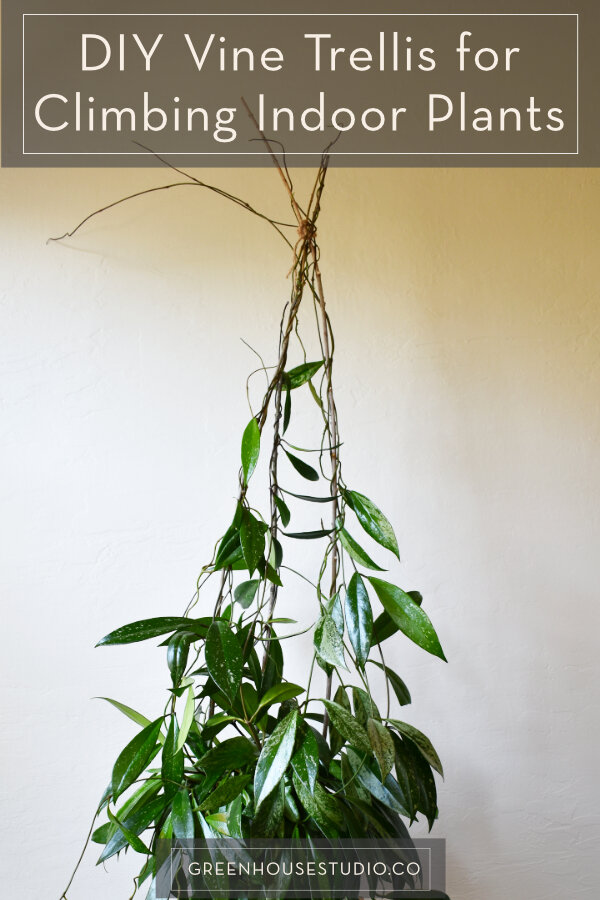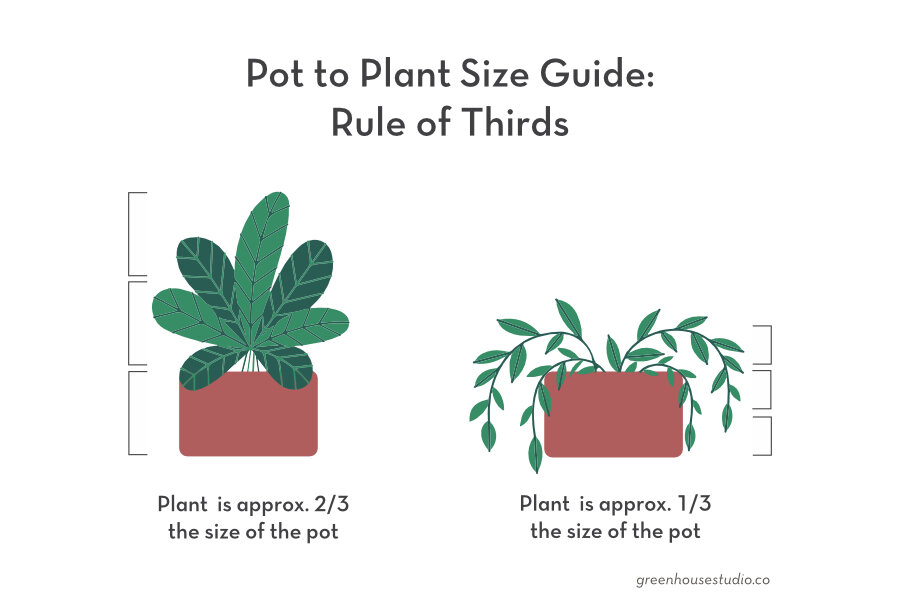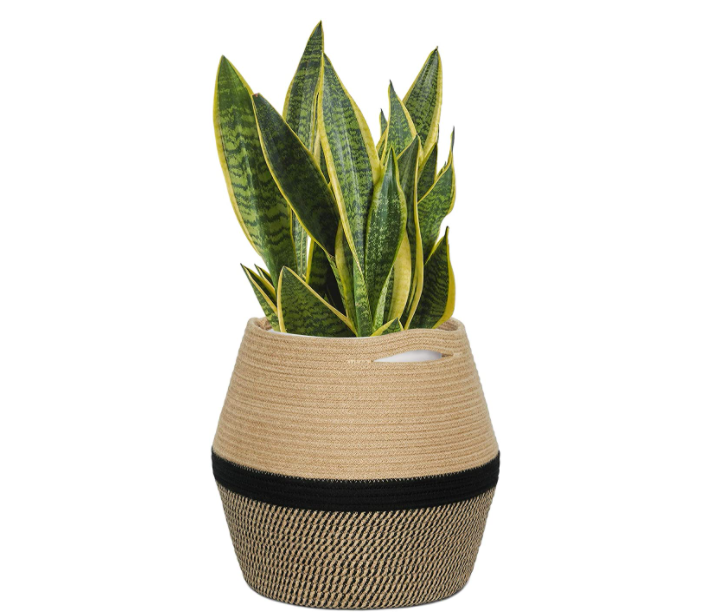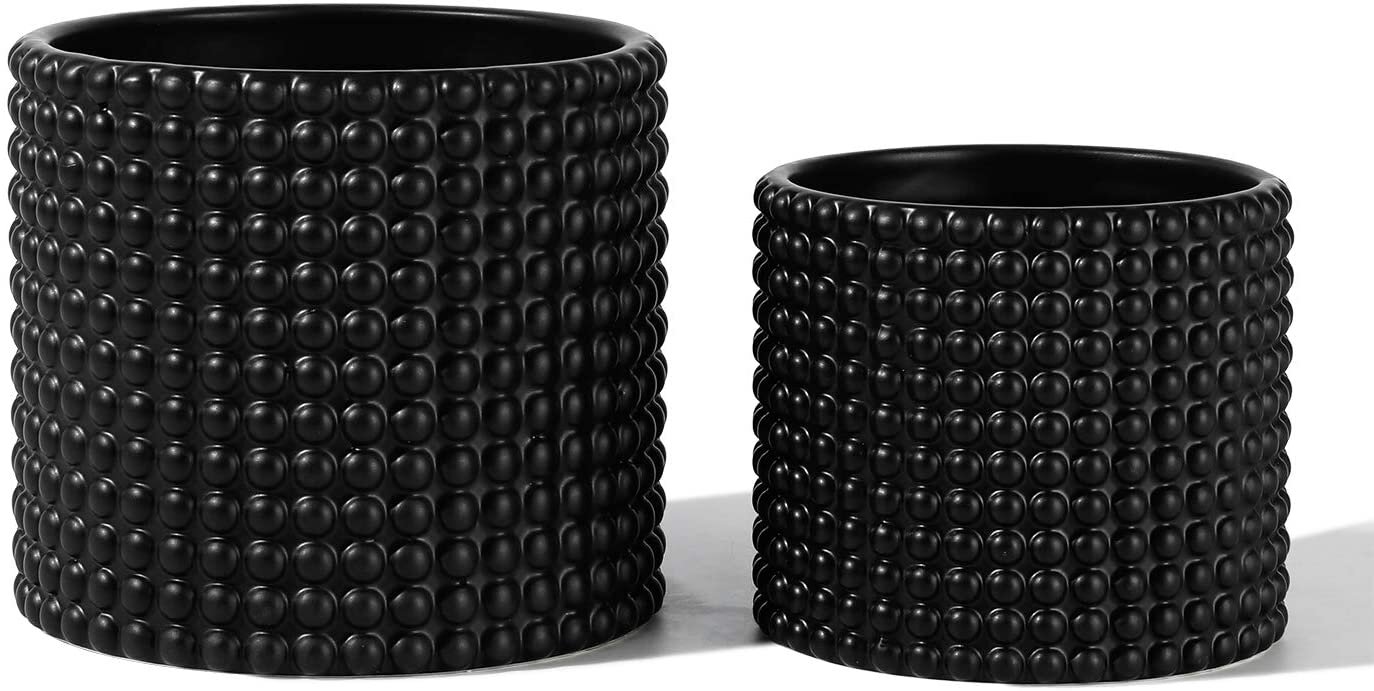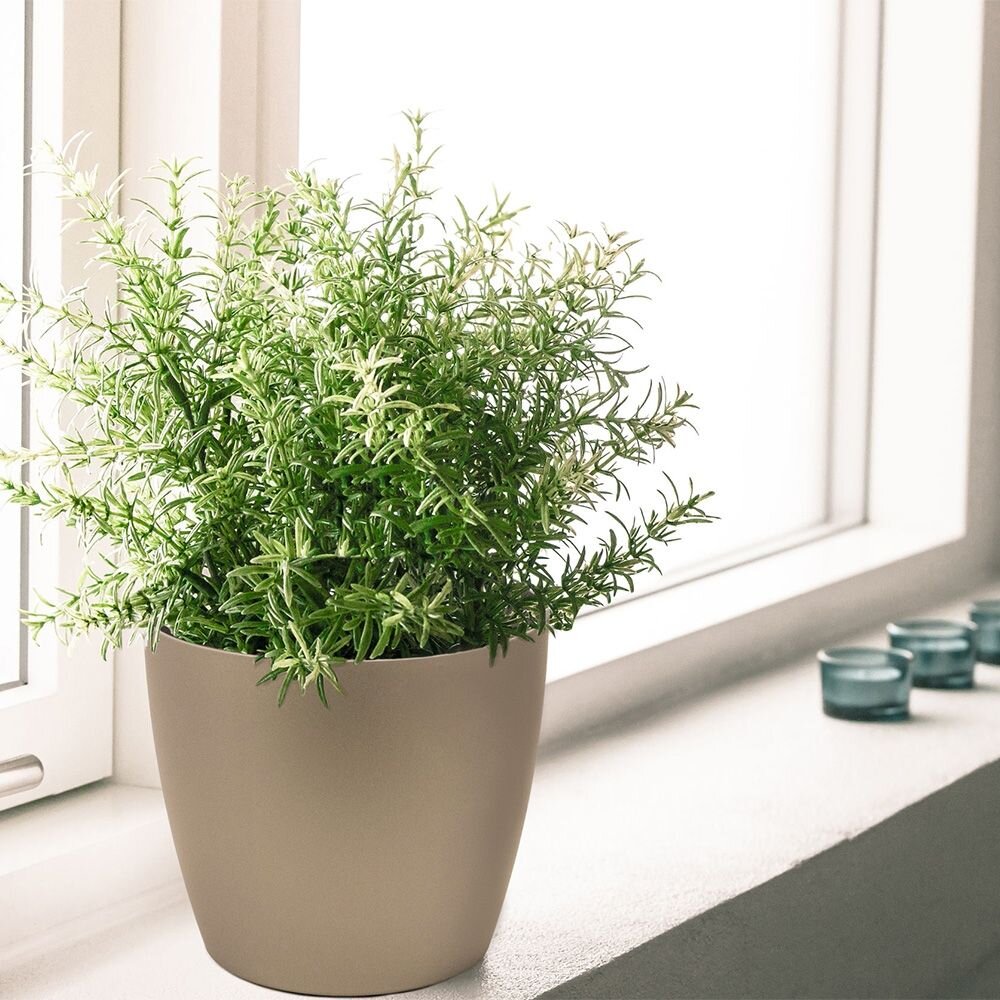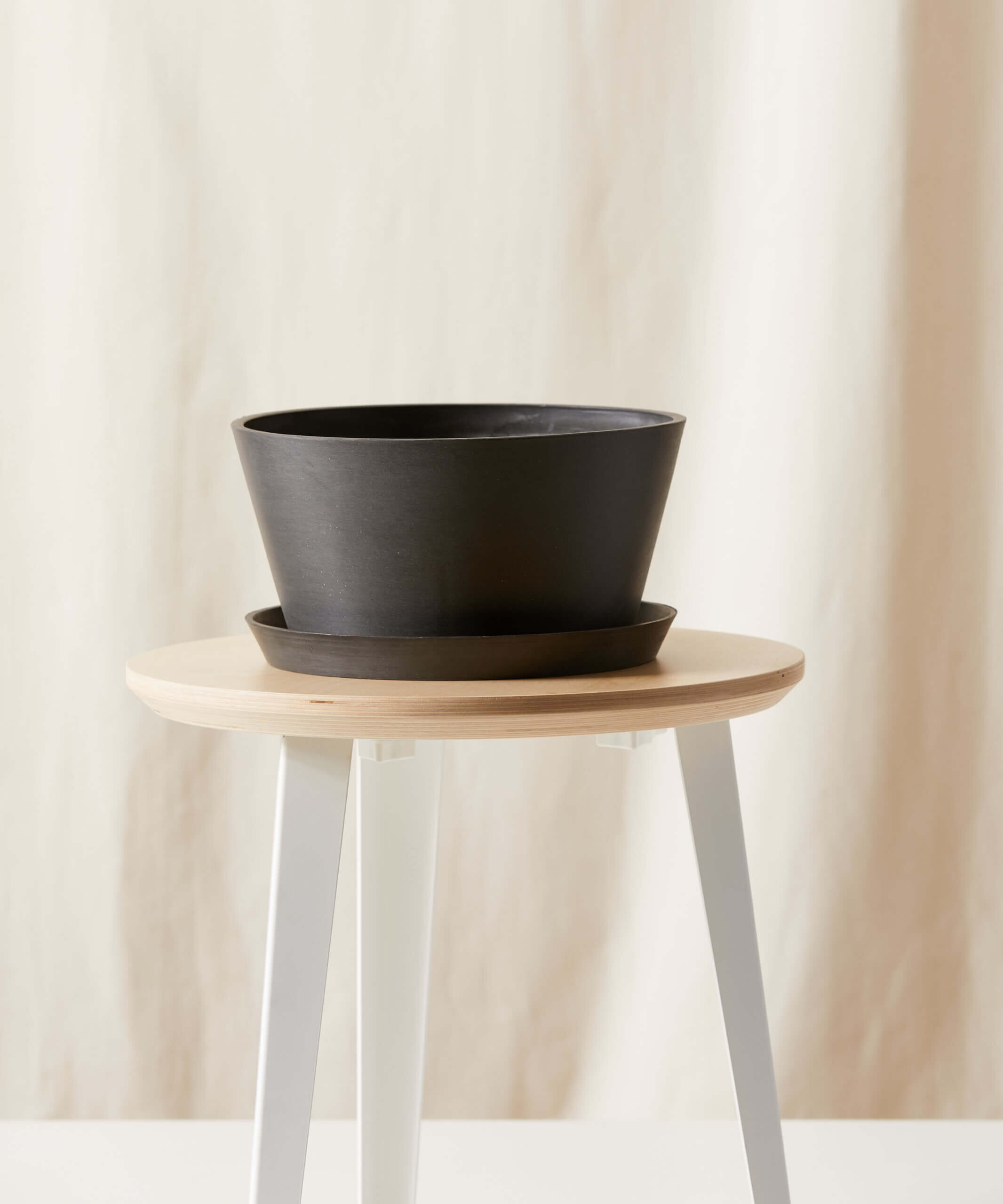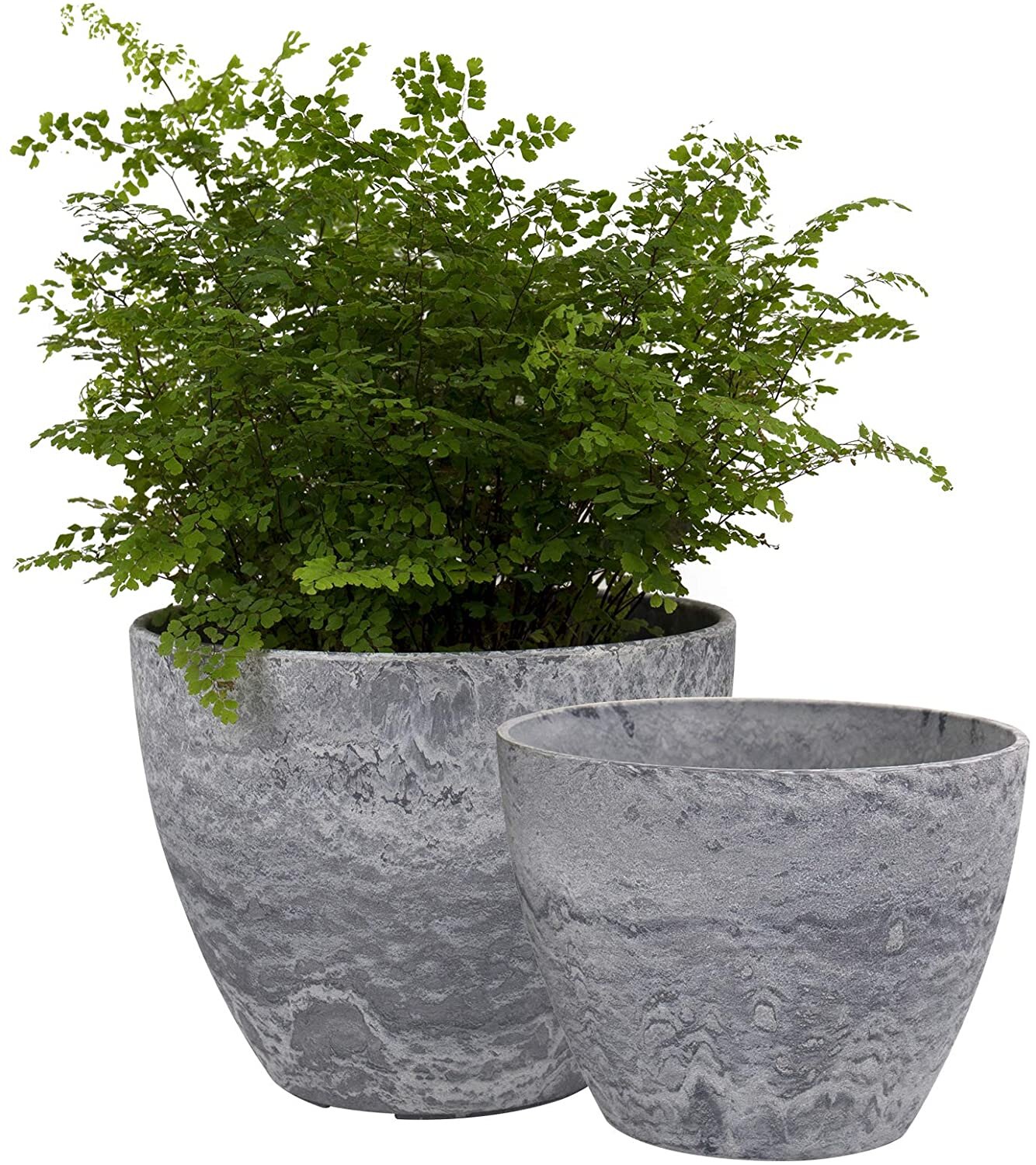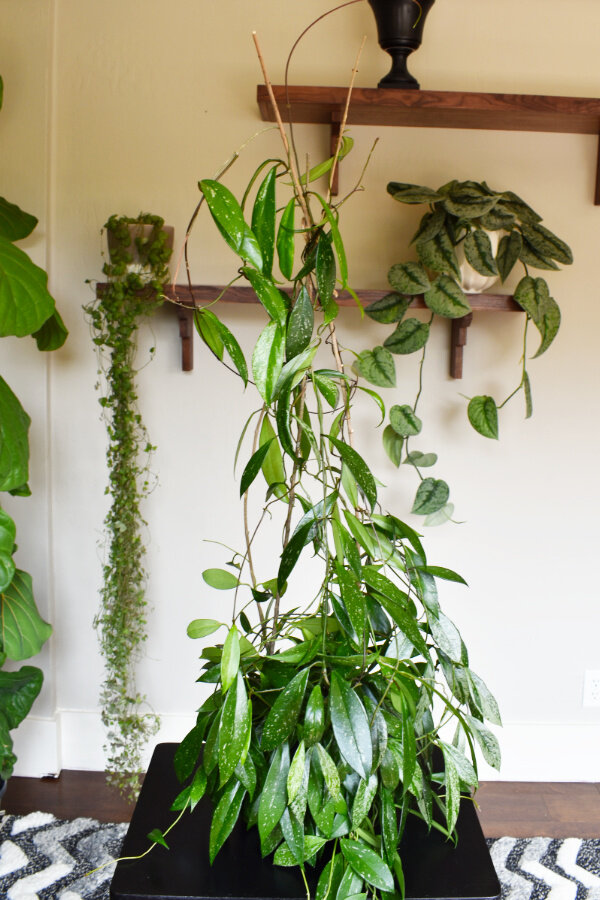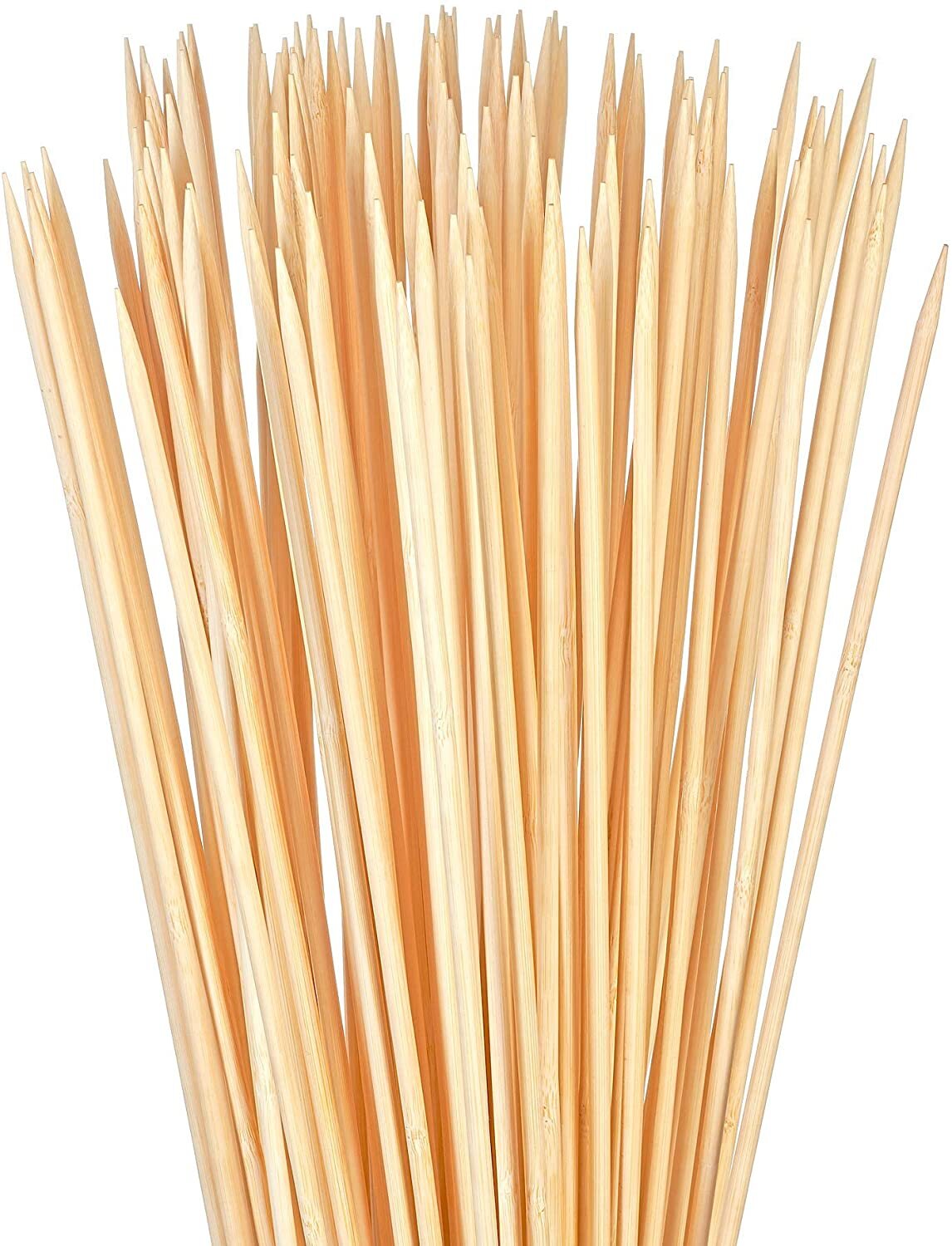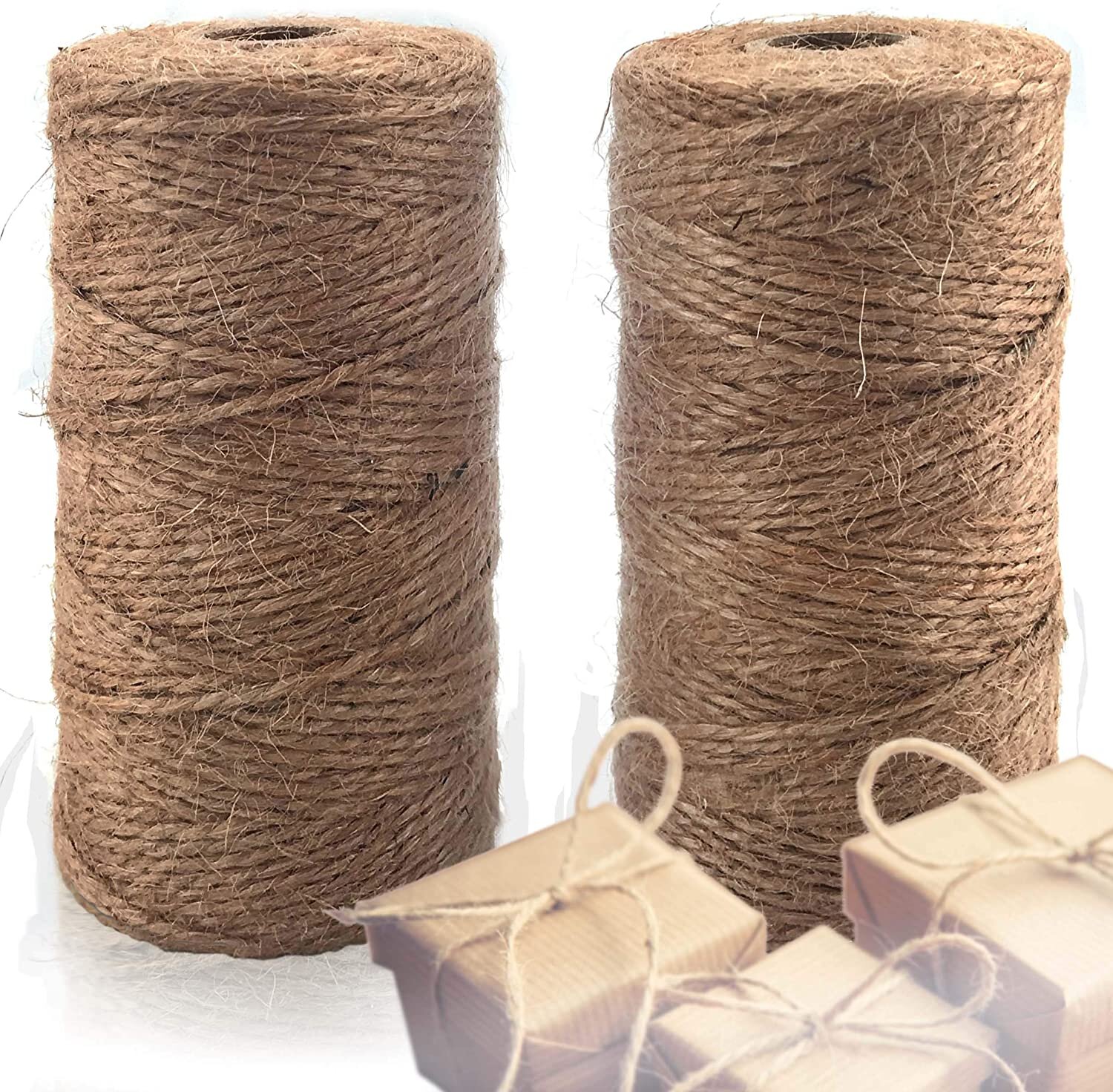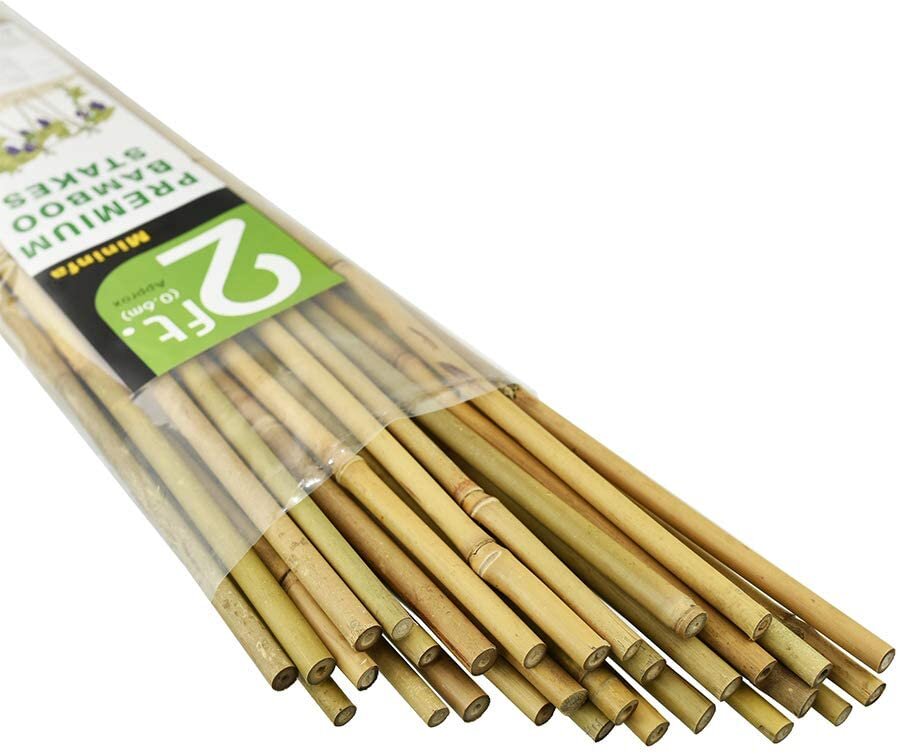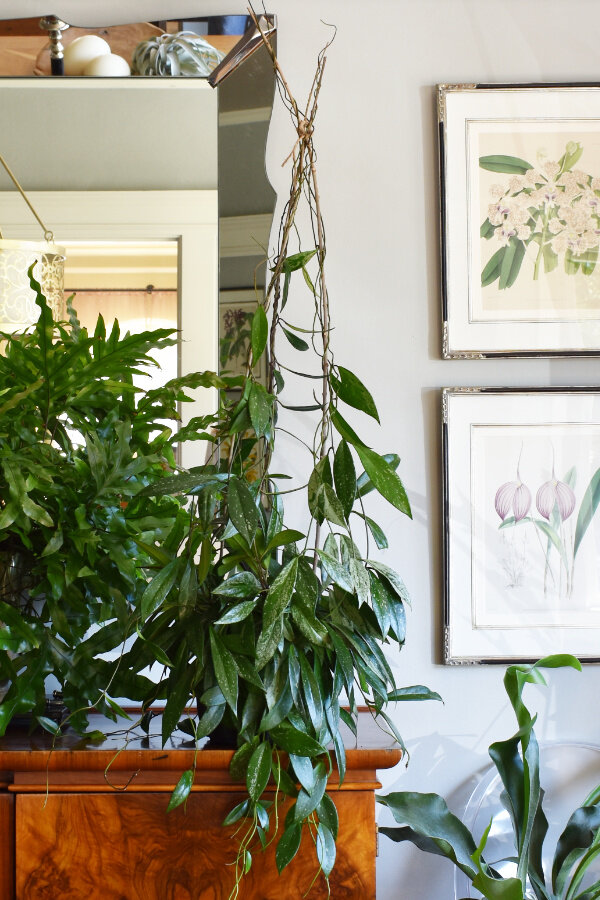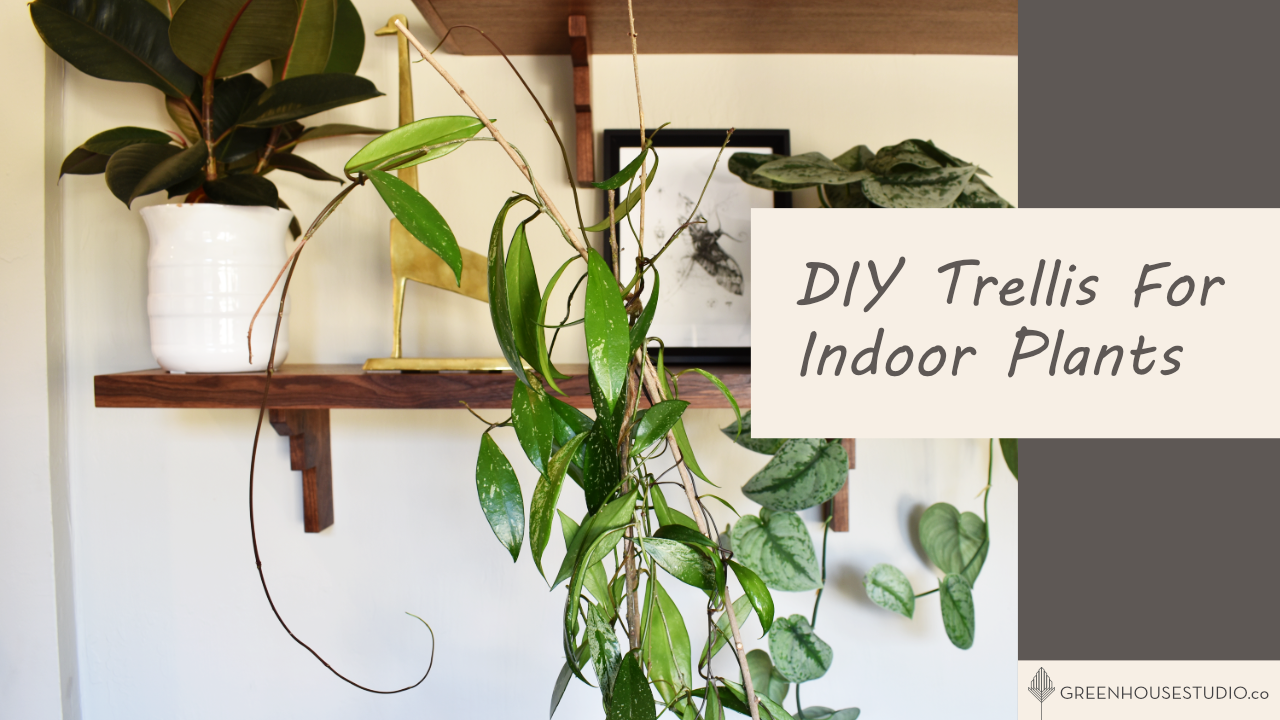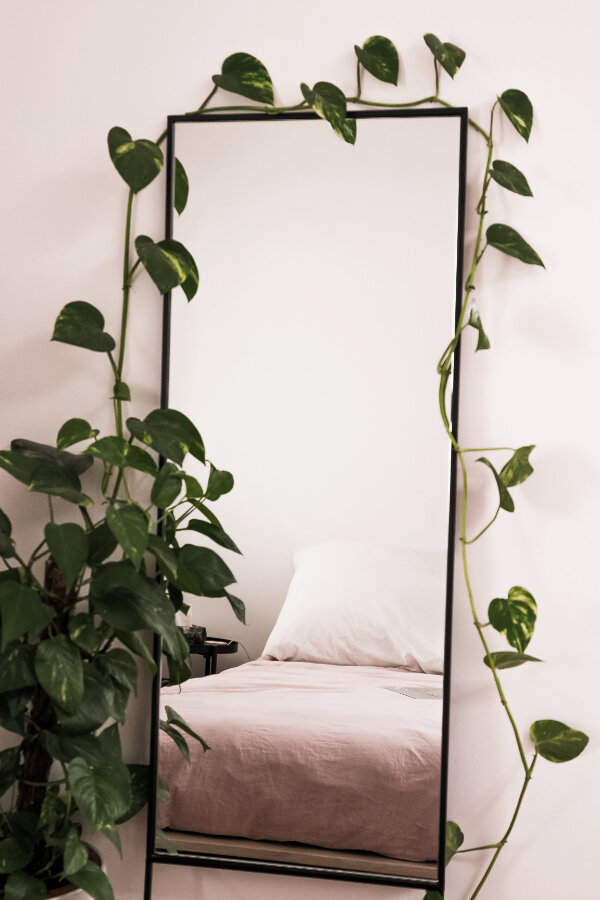Plant Trellis For Pots (DIY with Natural Materials)
I don’t know about you, but when it comes to houseplant accessories, my indoor plant trellis, potted plant trellis, or whatever you want to call it, needs to look as good as the pot itself, and both trellis and pot have to compliment the plant.
While I definitely have quirky plant preferences that may or may not be rooted in aesthetics, I want them looking good in their planters. So here’s a newsflash - ugly plastic pots and trellises don’t make the cut.
This means details like the support or trellis I use for a vine or climbing plant is important.
My plants are the living part of my home décor and in many ways my favorite design elements, but regardless, they need to contribute to the home aesthetic and not just look like a bunch of plastic-y pots crowded together by a window. (OK so that’s kind of what’s going on in my kitchen, but we’ll pretend otherwise for now.)
So my plant trellis for pots needs to look good but it also be functional.
Why? Because trellis supports are crucial for getting your climber plants to grow their biggest and fullest.
I’ll explain the plant science behind why trellis supports are crucial for getting your climber plants to grow their biggest and fullest.
So let’s get going with this DIY on how to make attractive plant climber supports using natural materials, and why it’s important for optimum growth.
Potted plant trellis - Hoya backstory
Repotting - choosing the right pot size
DIY indoor plant trellis using natural materials
Video - watch me make my trellis
Addendum: The role of supports in climber-plant growth
Plant tropisms and the role of auxin
Indoor plant trellis - final thoughts
This post contains affiliate links. Click here to read my full disclosure.
Potted plant trellis - Hoya backstory
A couple months ago I bought a beautiful Wax plant, Hoya pubicalyx 'Splash' from a local nursery. This plant is crazy vigorous and much more upward-vining than any other Hoya I’ve experienced. If you leave it next to something tall and narrow, it will reach out and try to wrap itself around in no time.
This Hoya wax plant came in a standard plastic nursery liner pot with plastic hanger, and sorry but that just won’t do. Plus, the leaves down at the ends of its tendrils are really small and spread out, which is an indicator that it would be happier climbing than hanging.
So it’s high time to get it transplanted and repotted into a permanent home.
Based on the rate its’ been growing, this means I need a fairly tall trellis. (I’ve already rooted cuttings from it for a friend, and you certainly can’t tell it’s missing any foliage.)
My new Hoya pubicalyx ‘Splash’ in a short, plastic nursery hanger and pot.
Just say NO to unattractive plastic nursery hangers that detract from your decor. :)
Repotting indoor plants - choosing the right pot size
First order of business is to pick out a suitable pot. I decided to go with a black metallic glazed number that’s unfortunately no longer sold. The dark neutral color compliments the subtle ‘Splash’ variegation on it’s leaves.
Whatever you go with, choose a pot that will provide grow-room (and trellis room) while not appearing out of proportion or holding too much water.
One guideline for choosing a planter size is to use the design rule of thirds. Your plant and pot will look visually balanced if the plant is either 2/3 the size of the pot or 1/3 the size of the pot. Graphic | Greenhouse Studio
SHOP THE LOOK
[Want more helpful plant tips and design inspo? Let's hang out on Instagram!]
An inspo pic from House of Harvest farmhouse antiques showing a jasmine flowering vine trellised on sticks planted in a terracotta pot.
DIY indoor plant trellis using natural materials
So with my Hoya repotted, it was time to address the trellis. I wanted a natural material that’s tall enough to keep the vine occupied for a while, and I wanted the material to be free or repurposed.
Backyard collected materials
I decided to forage in the garden for branches on any plants that could use a pruning or happened to have dead wood.
Enter the volunteer privet. Privets (Ligustrum) make great hedges - they grow fast creating a green wall pretty quickly. However, they’re also the weediest, seediest of plants, popping up everywhere you don’t want them with deep roots that are hard to pull out. Plus some people are allergic to them. So when I found a privet growing up uninvited behind the garage, it was the perfect choice for my climber trellis.
I cut branches and stripped off the leaves. I was tempted to stick them right into the pot, but knowing how vigorous they are, I could anticipate a potential problemo with putting them into nice potting soil that’s watered regularly.
The last thing I wanted was three new privets taking root and crowding out my Hoya. (Although this could be fun and look pretty too - a living trellis!) So I set them aside over a heater vent near a bright window where they dried out before long.
Dried branches ready to be repurposed into a house plant trellis for indoor climbing potted plants.
Indoor climber plant trellis making
Once the branches were dried out into “sticks,” I was good to go. So next I grabbed a take-out chopstick and shoved it into the soil to “pre-drill” the holes for the sticks.
Why bother? Only because the chopstick is sharp on one end and straight, so it made it easier to make the hole ahead of time rather than force the blunt-ended and not-so-straight branch in first.
I made 3 holes equidistant from each other, so picture a triangle within the pot.
I used a chopstick to “pre-drill” the holes for the trellis sticks. I made 3 equidistant holes in a triangle shape in the pot.
With 3 branches, the trellis can be tied together and will be more stable than if you only used 2 branches for instance. So I found a piece of garden twine in the kitchen junk drawer and used that to tie the 3 branches together at the top.
Tie the three trellis branches together at the top with a natural twine.
Next I began un-winding all of those Hoya pubicalyx ‘Splash’ tendrils that had twined around themselves in their frustration to find a support. (Jump below to read about the plant science behind twining, vining plants and supports.)
After the unraveling, I wrapped many of the tendrils up the branches. You’ll find the tendrils kind of “want” to wrap around the branches, so it’s easy and didn’t require any extra securing to keep them wrapped to the branches.
Check out the end result of my potted plant trellis below. I’m happy with the way it turned out. I like the brown trellis branches with the dark neutral pot and the subtle Hoya ‘Splash’ leaf variegation.
Ready to make your own vine support trellis? Here are some ideas:
Natural trellis material ideas
Prune or collect branches/sticks from your garden or park. Strip off leaves and buds and let them dry out if you think they might root.
Re-use your flowering branches or pussy-willow cat tails you either bought or clipped yourself for some indoor natural decor after they’re done blooming. Strip off dead leaves and buds.
Thin nursery bamboo stakes, preferably untreated
Reuse take-out chopsticks for a small plant trellis
Balsa wood strips from a craft store
Thin wood dowels or molding strips from a home improvement store
Repurpose wire metal dry-cleaning hangers. Clip and straighten them into a trellis (use wire clippers and needle-nose pliers to clip and shape).
If you’re worried about sharp edges, you could twist the top end of each wire over onto itself with your needle-nose pliers to make a small loop. Then loop the last one through the other two to secure them or tie together with twine.
ALSO NEEDED
Garden twine or any other durable, natural looking twine, raffia tape, or string to bind the trellis stakes together at the top.
Soft wire would also work (florist’s wire etc)
SHOP THE LOOK (In case you don’t have any branches to snip!)
There you go - a DIY vine trellis that’s free (or nearly) and looks better than any plastic plant hanger! It’s details like this that can really add to a natural, garden-room aesthetic in your home.
Watch me create the trellis in the video below:
Addendum: The role of supports in climber-plant growth
So if you read this far and you’re a concerned plant parent, you may be asking:
Are vine trellis supports necessary for optimum climber-plant growth?
If you’ve grown climbing or vine plants before, you may have noticed that many seem to do better if they have something to climb on or cling to. Of course you may also have wondered if you’re just imagining things.
This is a valid question my friend!
So do climbing vine-type plants need a trellis/support? Or is it just a nice aesthetic touch that shows off our beautiful plants but isn’t necessary? The answer is a little of both.
I’ve noticed many vines do seem happier when they can climb - the foliage seems fuller and more plentiful whereas foliage that’s “left hanging” is often reduced (smaller leaf size and frequency) with ever-more spindly stem growth.
I’d also heard that some of the monster-sized Philodendrons and other Aroids won’t achieve their full potential for monster-sized leaves without a climbing post of some sort. Even so, my mantra is “show me the data” so I decided to look it up. Sure enough, I quickly found a publication in AoB PLANTS, an academic plant biology journal, that confirmed:
“Climbing plants require an external support to grow vertically and enhance light acquisition. Vines that find a suitable support have greater performance and fitness than those that remain prostrate. Therefore, the location of a suitable support is a key process in the life history of climbing plants.
…climbers that fail to encounter a trellis often show reduced growth and/or reproduction compared with those successfully climbing onto an external support.”
Vines growing, climbing, and trailing in Jamaica. Photo by Phillip Glickman on Unsplash
Plant tropisms and the role of auxin
So then you might ask, “Well how do plants manage to do that?”
Plants respond to stimuli through physiological activities called tropisms. E.g. - actions like moving toward light, or touching and then twining around a support.
A tropism is the response of a plant to environmental stimuli. There are different types of tropisms, and where vines or climbers are concerned, the two we mostly dealing with are:
Phototropism - where plants bend and grow towards light.
Thigmotropism - where plants grow toward or away in reaction to a stimuli like a hard surface.
You know when you see your indoor plant moving towards the light out the window? That’s phototropism!
When you see your vine wrap around a pole or roots move around a rock in the soil? That’s thigmotropism!
Phototropism - my Thai basil is leaning toward the light while impatiently waiting to be planted outside.
Thigmotropism - this tropical vine has responded to touching the tree by twining around it to climb towards the light.
Phytochemicals called auxins (as well as others) are largely what cause phototropism and thigmotropism in plants.
When light hits one side of a plant more than the other, auxin moves to the more shaded side of the plant, causing the cells there to grow larger than the cells on the lighter side of the plant. This causes the plant stem to “bend” toward the light, i.e., phototropism.
With thigmotropism, if a climber plant stem touches a potential support, it stimulates an increase in auxin in the cells, which causes the production of a contractile protein on the side of the stem not touching say, a DIY trellis, that allows the plant to grip or twine around an object.
Your basic Golden Pothos, Epiprenum aurium, is almost unrecognizable when grown in a tropical climate with a support. It clings to supports via via aerial rootlets. It’s able to produce mature foliage, meaning it’s leaves are large and split, can grow up to 40’ long, and can also flower.
The first time I encountered one in Hawaii while hiking, it took me a second to realize that it was just your garden-variety household Golden Pothos, only seemingly on steroids (or auxin)!
“Free-range” Golden Epiprenum aureum growing in a Puerto Rican rain forest. The leaves can develop mature foliage which are large and split, almost like a Monstera.
Not all trailing plants are wanna-be climbers. Most Hoyas are perfectly happy to dangle while growing large leaves and blooming periodically whether you want them to or not. Hoya pubicalyx 'Splash' seems to be an exception in wanting to twine and climb. Spider plants and many others really are just that - trailing plants.
Hoya carnosa in bloom. Many hoyas aren’t climbers and will grow vigorously hanging downward. Photo: Daniel at Pixabay
Indoor plant trellis - final thoughts
So circling back, your climber plant will be happier with a trellis support and will reward you with larger foliage and more blooms than it would if it didn’t have a support under the same conditions.
I think we’ve put that question to rest, so now let’s get on with making our climbing plants happy by giving them the support they need! (With beautiful, natural materials, of course!)
[Want more helpful plant tips and design inspo? Let's hang out on Instagram!]
SOURCES
https://www.ncbi.nlm.nih.gov/pmc/articles/PMC4363473/
https://www.thoughtco.com/plant-tropisms-4159843
Other posts you’ll love:
Monstera Deliciosa Care Guide + Design Tips
How To Waterproof Your Plant Pots [5 Minute DIY]
How To Choose The Right Pot For Your Plant [Why pot shape & size matters. A lot.]
Best Indoor Pots Based On How You Water
How To Care For Air Plants (Tillandsia watering, fertilizing, & troubleshooting)
Home Office Reveal - Plants, Light, & Nature-Inspired Workspace
Enjoy this DIY plant trellis post? Pin it for later!
Please leave a comment/question below and be sure to check back for my response (I always respond) since no notification is sent when a response is posted.
XO,
Tina

